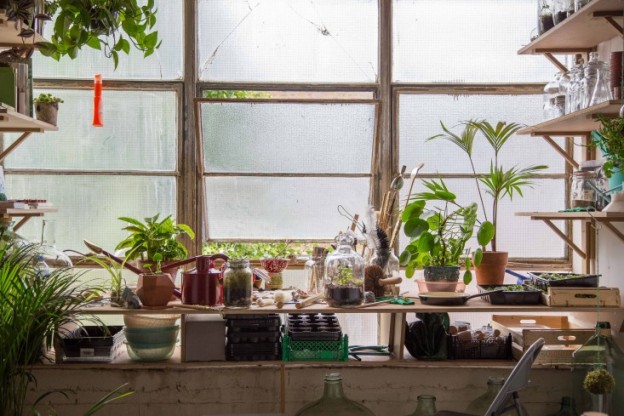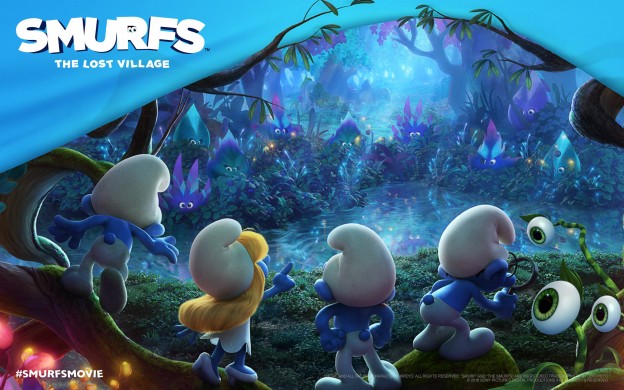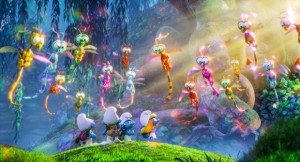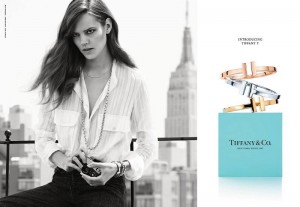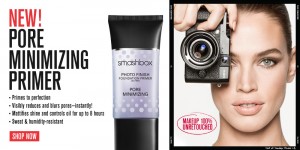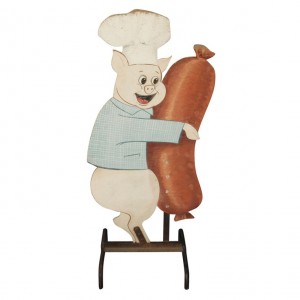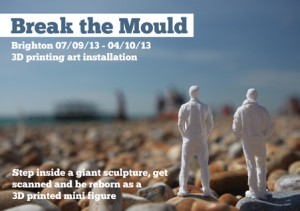Detail is no longer insignificant. Quite the opposite: it’s become a major cultural force. Around us are signs that big abstractions and grand narratives are losing ground to the tiny nuance as a site of meaning and investment.
ASMR is a key example. Standing for Autonomous Sensory Meridian Response, ASMR is an internet culture devoted to subtle sensory experiences – whisperings, rustlings, crinklings, scratching. These are pursued for the weird, almost indefinable impacts they can have on the nervous system: tingling, bubbling, explosions of stars.
Tingle
What caught my attention when I heard about ASMR was its quiet take on digital culture. Digital often gets described in terms of ‘loud’: we hear about people shouting on social media, over-sharing, ranting, bombarding each other with information, and so on. But ASMR offers a digital space devoted to the barely audible, the ineffable, the whisper.
In this sense it brings in the idea of an emergent and expanded sensoriality. What experiences come about when the senses start to work in new ways? How do things shift and change when we tune into experience more precisely?
Earlier this year, BBC Radio 3 tuned into the interest in fine-grained sensory experience with The Tingle Factor. The programme explored music capable of producing elusive, hard-to-describe sensory effects as tingles, chills and shivers down the spine.
Observe
Mindfulness is another important reference point here. It’s near impossible to miss in cultural discourse today, from the corporate to the therapeutic. Like ASMR, mindfulness asks us to attend to subtle, granular levels of experience. It is about capturing as much as we can with our awareness rather than skipping over texture to repeat conventional categories of experience.
Whether or not it references mindfulness overtly, today’s discourse on the self often invokes ideas of precision and detail. Through fitness wearables, for instance, we can see and know ourselves in more detail than ever before – following the subtly changing landscape of our biometrics in real time, if we want to. Lisa Feldman Barrett has recently written in the New York Times about the importance of emotional granularity in health and well-being: experiencing nuanced shades of emotion rather than bigger umbrella states such as ‘great’ or ‘terrible’
See more
Beyond its role in capturing data, technology is playing a part in the rise of detail by allowing us to see and hear with fantastically heightened precision. Visual technologies are racing to ramp up the definition available: from the most commonly available level of resolution, Full HD, we are looking ahead to 4K Ultra HD (4K refers to the number of pixels contained in a frame on the horizontal axis). And while that is still on the horizon, 8K HD is already hoving into view: Japanese state broadcaster NBK is considering leapfrogging 4K to go straight to 8K – that’s how fast things are moving, says Steve Mays.
Hear more
The same development is happening in the audio space. High-res audio promises a dramatically increased bitrate – with ‘bits’ referring to units of audio data processed per second. ‘You can even feel sound beyond your natural hearing range, with exceptionally high frequencies of up to 100khz’, writes Sony of its USB DAC headphone amplifier
It’s a startling statement – a promise of sensory detail so granular that it will redefine the boundaries of human perception. Steve Mays says something similar in his previously-referenced article on the imminence of 8K visual definition, writing that it ‘inflates the envelope of human visual acuity and then pops it with a loud bang’
Implications
So what might be the consequences be of an expanded human sensory capacity, offering greater access to detail than before?
On the one hand, being able to see and hear more offers great potential for self-knowledge, with both therapeutic and political benefits. Recent BBC coverage of micro-aggressions shows how this can work in practice. By attending to the nuances and details of everyday life, tiny behaviours emerge that were unseen, or deliberately excluded from the frame, previously. When these behaviours work subtlely to reinforce power relations, they can legitimately be termed ‘micro-aggressions’ – examples include a woman getting interrupted more often than a male colleague in meetings, or a black person getting less eye contact in an interview.
Micro-aggressions are notoriously hard to challenge: it’s not one manifestation that’s the problem but their cumulative effect over time. They’re so subtle that to point them out can easily seem like paranoia and over-sensitivity.
Today, however, over-sensitive is the new normal. As we’ve seen, our sensory capacity is expanding due to complex technological and cultural factors. We are seeing more, hearing more, and picking up on more nuance and detail.
But this newly sensitised gaze can potentially be put to less empowering purposes. The tiny details of our lives, captured moment by moment on social media, are absorbed into algorithmic patterns that make us inescapably visible and knowable for all kinds of reasons.
So the implications of sensory expansion and the rise of detail are multiple. We get to see and hear more but more is also seen and heard about us. The phenomenon works in many ways and needs to be investigated using the very fine-grained attentiveness it has spawned.

